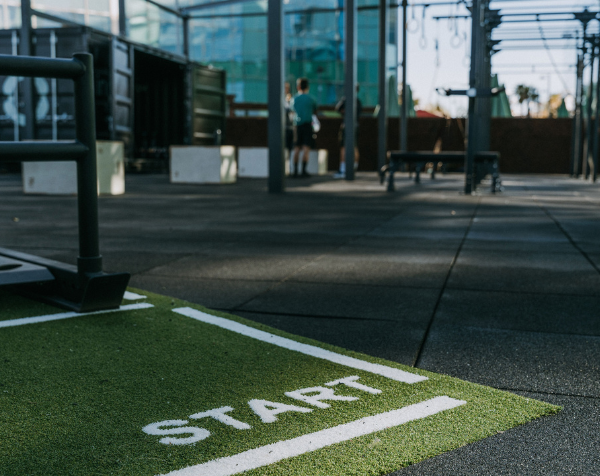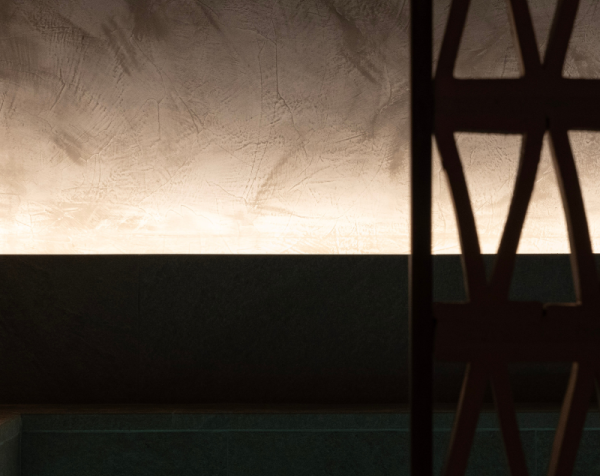


Breathing for Better Focus: How Meditation Techniques Can Help You Improve Concentration and Productivity
According to researchers at Harvard University, our minds are lost in thought 47 percent of the time. These thoughts are often one of the two, dwelling on the past or worrying about the future. Dwelling can lead to sadness and depression whereas worrying can lead to excess stress and anxiety. Meditation can help you feel present and detach from perpetual thoughts of “what could have been” and “what ifs.”

There are many different ways to meditate. Exploring which method best suits your lifestyle is highly beneficial.
Mindfulness
Mindfulness is a state of mind where one is completely present and involved in the current moment, free from self-judgment. It requires focused awareness of thoughts, emotions, physical sensations, and the environment around us.
Achieving a true state of mindfulness can be difficult. It takes time and commitment to be able to properly enter and exit this headspace. Mindfulness meditation can be done anywhere at any time; it can be as simple as taking deep breaths and becoming aware of your surroundings and how you feel. The key to mindfulness is not to think about the past or future, and simply exist in the present moment.
Connecting with your senses is a straightforward and effective method for practicing mindfulness. By consciously considering your environment and how you perceive it—whether it’s your physical presence in relation to the earth, the scents around you, the flavors you taste, or the sounds you hear—you can deepen your awareness of the present moment and your emotional responses to it.
An optimal approach to enter a state of mindfulness is to dedicate specific time to meditation. This includes unplugging from other facets of life and resting; laying, or sitting down, shutting your eyes, and feeling the sensations of your body and breath. It’s important to embrace the feelings that arise during mindful meditation and not judge these thoughts as “good” or “bad.”
Movement
Static mindfulness may not be right for everyone. There are plenty of alternatives to still meditation that achieve the same clarity and peace in the brain. Gentle, repetitive exercises like yoga and tai chi, which emphasize breath control, can be just as effective in calming both your mind and body. These movements also help the brain create endorphins and enhance flexibility and strength, improve cardiovascular health, respiratory function, and overall endurance.
Mindful movement can help regulate emotions, increase self-awareness, and improve mood. It provides a space for introspection and self-reflection. Movement can be completed individually or in a class or group setting which offers the benefits of community and new perspectives. Research also shows that engaging in these practices outdoors is highly beneficial.
What are the benefits of implementing meditation practices?
The benefits of meditation have been researched and evaluated in many clinical studies. Overall, implementing meditation practices has proven to be beneficial when dealing with anxiety, stress, depression, pain, high blood pressure, and more. Learning to be present and regulate your nervous system through mindful breathing can help alleviate pressure or stress in highly anxiety-inducing situations. This is a practice that can be done anywhere at any time, it simply takes the conscious effort to commit to being present.
Being present greatly improves focus. Individuals can focus their mental energy and attention more effectively on their current tasks, rather than letting their thoughts wander to the past or future. This heightened awareness leads to increased concentration, productivity, and work quality. It also facilitates clearer decision-making and problem-solving, allowing for a stronger connection to the task’s goals and results.
Research estimates that 95% of our behaviors are completed in “autopilot.” Our habits are governed by neural networks that streamline sensory information, making it easier to navigate daily life. These automatic brain processes often lead us to revert to old behaviors before we can consciously redirect our actions to do something differently.
The goal of mindfulness is to revert the autopilot experience.
Mindfulness is taking executive control of yourself. As we use the intentional brain more frequently, its strength and effectiveness increase. But, this takes time and commitment.

